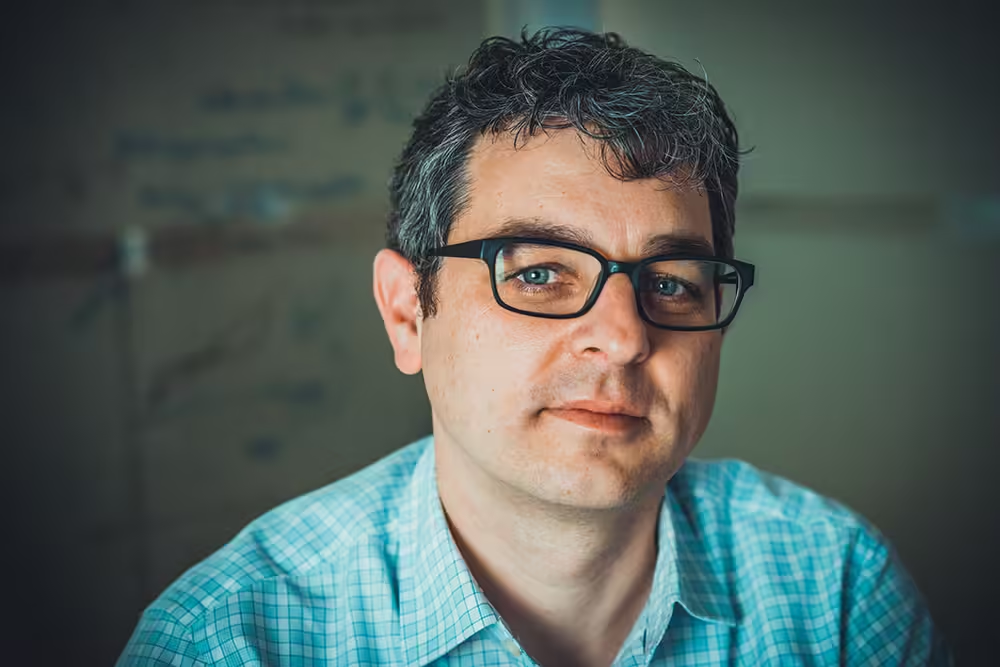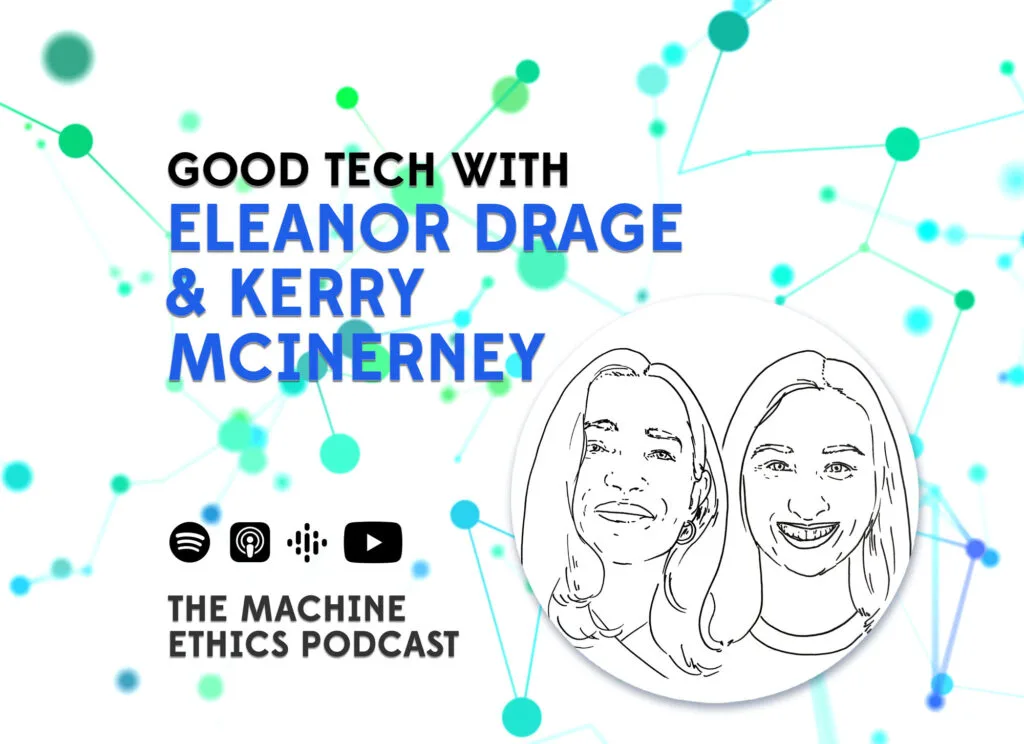Associate Professor Thomas Heldt joined the MIT faculty in 2013 as a core member of the Institute for Medical Engineering and Science (IMES) and the Department of Electrical Engineering and Computer Science. Additionally, Heldt is a principal investigator at the MIT Research Laboratory of Electronics (RLE) and leads the Integrative Neuro-Monitoring and Critical Care Informatics Group within IMES and RLE. He was recently appointed as the associate director of IMES, where he will focus, among other things, on internal affairs.
Heldt earned his PhD in Medical Engineering and Medical Physics (MEMP) from the Harvard-MIT Program in Health Sciences and Technology (HST) in 2004. His research interests include signal processing, estimation and identification of physiological systems, mathematical modeling, and model identification to support real-time clinical decision-making, disease progression monitoring, and treatment titration, primarily in neurocritical and neonatal intensive care. Here, Heldt describes how he collaborates closely with his MIT colleagues and other hospitals in the Boston area, and how his research utilizes and analyzes physiological data to facilitate clinical action.
Question:
How does your research apply to addressing clinical needs?
A:
We examine current clinical environments and observe the volumes of multimodal physiological waveform data collected on patients in intensive care, perioperative care, or even emergency care. Much of this data is typically visually examined by clinicians and then discarded after a retention period of only a few days. This results in the loss of the opportunity to conduct more systematic analyses and obtain patient-specific insights. A deep understanding of the relevant physiology at the timescales of interest is essential for such analyses of these data streams. We leverage physiological knowledge, formulated as reduced-order mathematical models capturing the essential mechanisms that enable clinical action. We have successfully applied this approach to non-invasively estimate intracranial pressure, make diagnostic decisions based on capnogram shape analysis, and are currently using ultrasound-based approaches to detect embolic events in patients on respiratory support, such as ventricular assist devices or extracorporeal membrane oxygenation.
Question:
You work closely with colleagues at MIT and clinicians at hospitals in the Boston area, including Boston Children’s Hospital (where you hold a courtesy research appointment in neurology), Boston Medical Center (neurosurgery), and Massachusetts General Hospital (emergency medicine). What has been the outcome of some of these collaborations – what is the impact on your research?
A:
Boston is a fantastic place to conduct translational research that moves from our MIT labs to clinical environments for validation in the actual target patient population! The collaborative disposition and forward-thinking spirit of our clinician colleagues have truly been fundamentally enabling for our research and have provided incredible mentorship to our students, postdocs, and myself. We have collected validation data on brain-injured patients in the intensive care units at Boston Medical Center, Boston Children’s Hospital (BCH), and Beth Israel Deaconess Medical Center (BIDMC); we have collected pilot and validation data for our capnography work in the emergency departments of BCH and BIDMC; we have collected data for our emboli work in the operating rooms and intensive care units of BCH, and have analyzed medical records from the neonatal intensive care unit at BIDMC and the emergency department at Massachusetts General Hospital.
Our work with the neonatologist at BIDMC focused on analyzing alarm patterns in the neonatal ICU. We counted an impressive 177 alarms/baby/day, which is an alarm every eight minutes on average, per baby. And this is a 54-bed neonatal intensive care unit running at full capacity daily! Such alarm volumes contribute to noise pollution in an environment that ideally should be very quiet. Moreover, since most alarms are false or do not require clinical intervention, clinical staff become desensitized to the alarm burden and may end up ignoring truly important events. We analyzed alarm patterns and thresholds for a particular type of heart rate alarms and recommended a change in thresholds. This resulted in a 50 percent reduction in heart rate alarms per patient per day. Initially, clinical staff had to produce weekly reports to ensure that the reduction in alarm rate did not result in missed or adverse events. After about three months with no events to report, the hospital safety committee approved the change.
With colleagues from the MGH emergency medicine department, we developed and tested a triage rule to identify patients at risk of septic shock. At the time, the MGH ED saw over 120,000 patients per year, and about 75 percent of patients ending up in intensive care with severe sepsis and septic shock passed through the emergency department. Therefore, ED triage was the first point of contact with patients and the first opportunity to flag patients for potential sepsis and septic shock and initiate early goal-directed therapy. One of the outcomes of our work was a significant reduction in the time to appropriate antibiotic administration in the emergency department. The work was subsequently validated in other partner hospitals and implemented in the electronic medical record system of partner-affiliated hospitals.
Question:
Can you talk a bit about your background and how you became interested in systems physiology and biomedicine? What are your goals for your research and your career?
A:
It’s a longer story! In short, I started studying physics in Germany. After some time, I became interested in applying the concepts I had learned in physics to physiology and medicine. So, I designed my own MD/PhD program by choosing medicine as a second major. Through serendipitous events, I ended up doing surgical operations for congenital heart defects for about a term. This experience was very formative and almost pushed me to abandon physics and fully pursue a career as a surgeon. However, I had also always wanted to spend part of my studies abroad and had applied to various universities in the United States. I ended up being admitted to the graduate program in physics at Yale and spent a few years doing nonlinear optics. Even though I loved my work at Yale and had a fantastic mentor, I missed the clinical exposure and the application of my work to medicine. I had heard about the HST program and decided to apply. I joined the MEMP program in 1997 and have been at MIT ever since.
In our current research, we are very interested in providing better monitoring modalities for patients with brain injuries. We are developing new algorithmic and device approaches so that we can replace current invasive monitoring modalities with fully non-invasive ones and provide additional actionable clinical information that gives insight into the physiology of the injured brain and can help guide treatment decision-making. I hope that some of these technologies will be regularly deployed at the bedside.
The great thing about being at IMES and MIT is that we are all very collaborative. What I look forward to is largely the same: working with colleagues at IMES on important problems that none of us can solve alone, but that we have a real chance of solving together, and having fun along the way!



